CatCarts
Safe and easy catalyst handling
Heterogeneous catalysis made safe and easy
The CatCart system is designed to make the handling of even pyrophoric catalysts safer and easier. These cartridges are reusable and compatible with the H-Cube® series instruments and Phoenix Flow systems.
CatCarts are made of a stainless-steel tube packed with a solid catalyst of a specific particle size range. A filter system at each end of the tube allows liquid to pass through the column but prevents the catalyst from coming out.
ThalesNano offers a wide range of different catalysts loaded into cartridges to suit most types of hydrogenation reactions. Users can choose from the more common types, such as palladium on carbon and Raney-type Ni, to catalysts for chemoselective hydrogenations, such as rhenium catalysts.
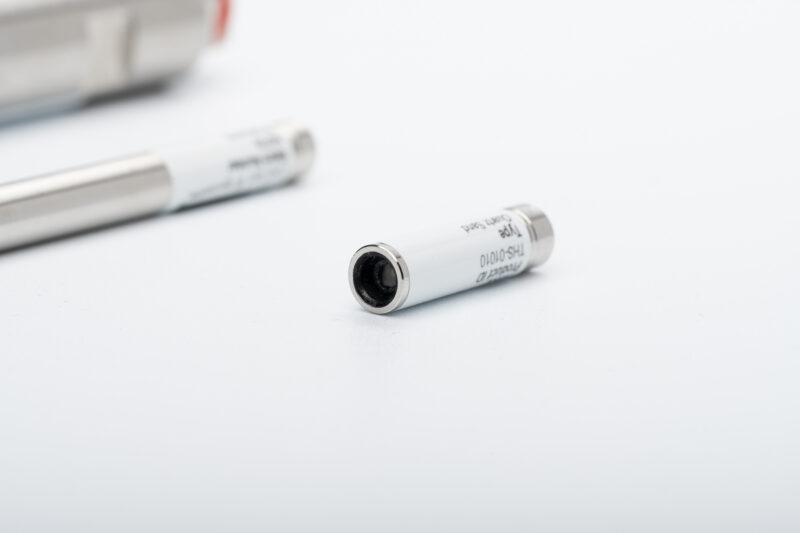
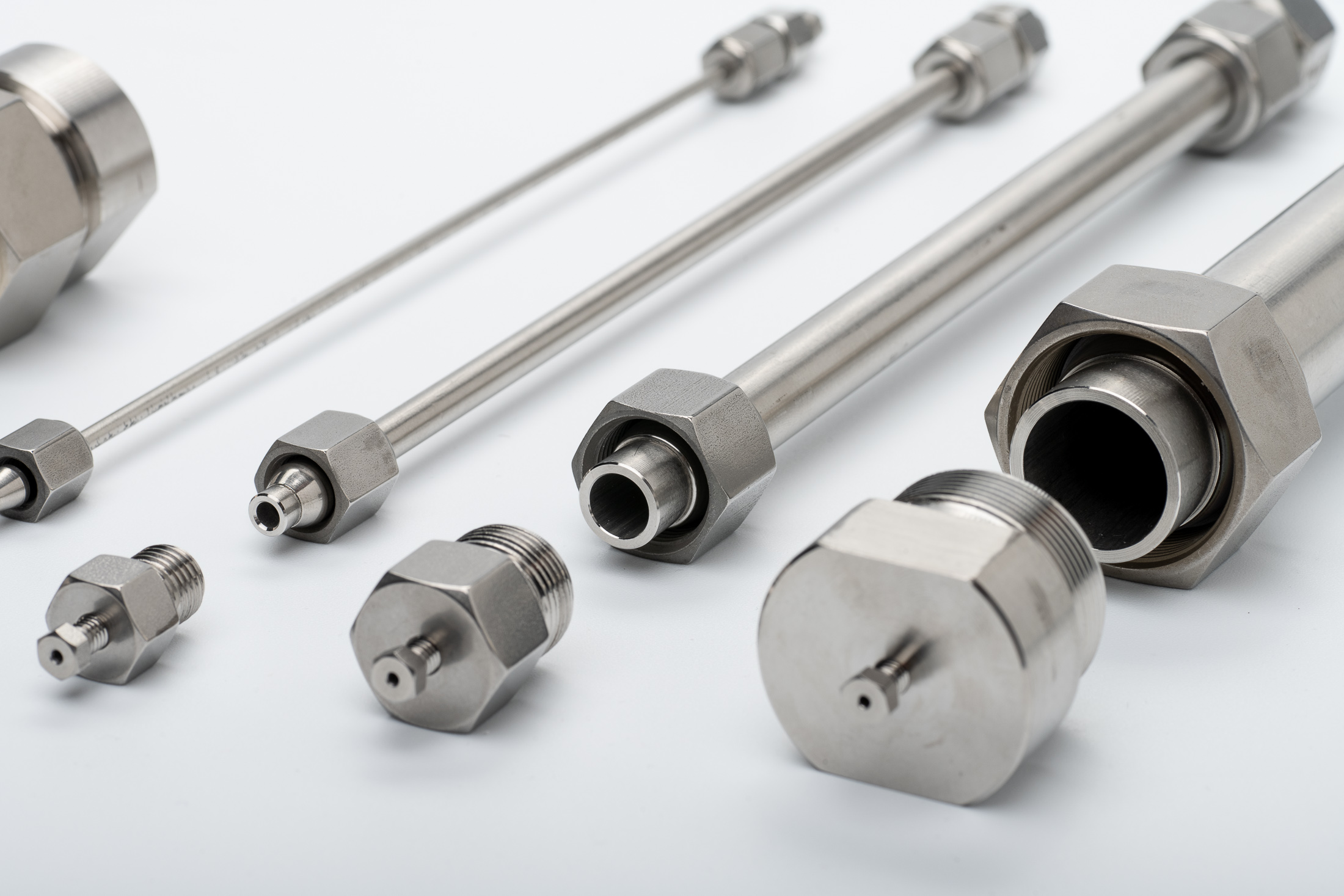
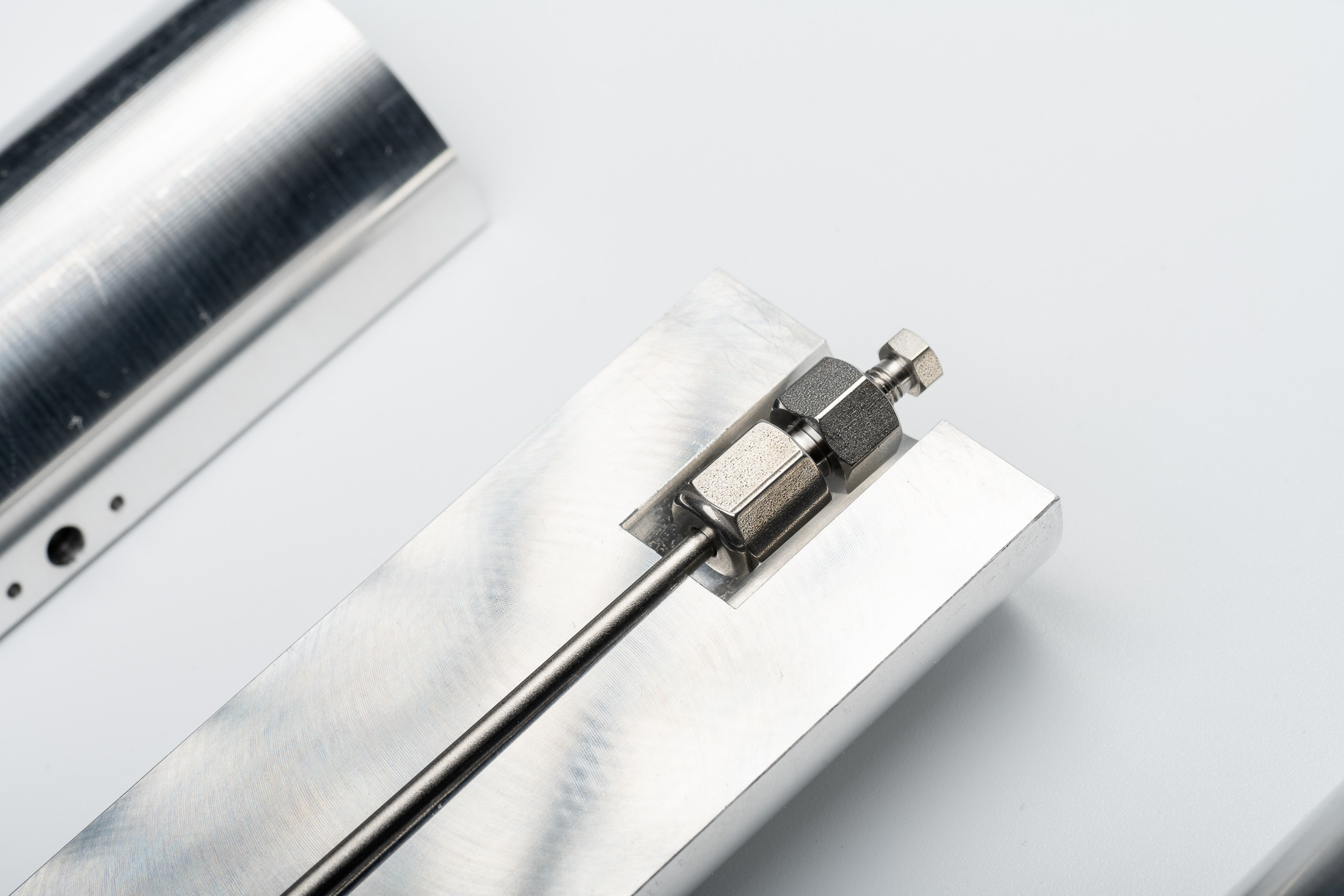
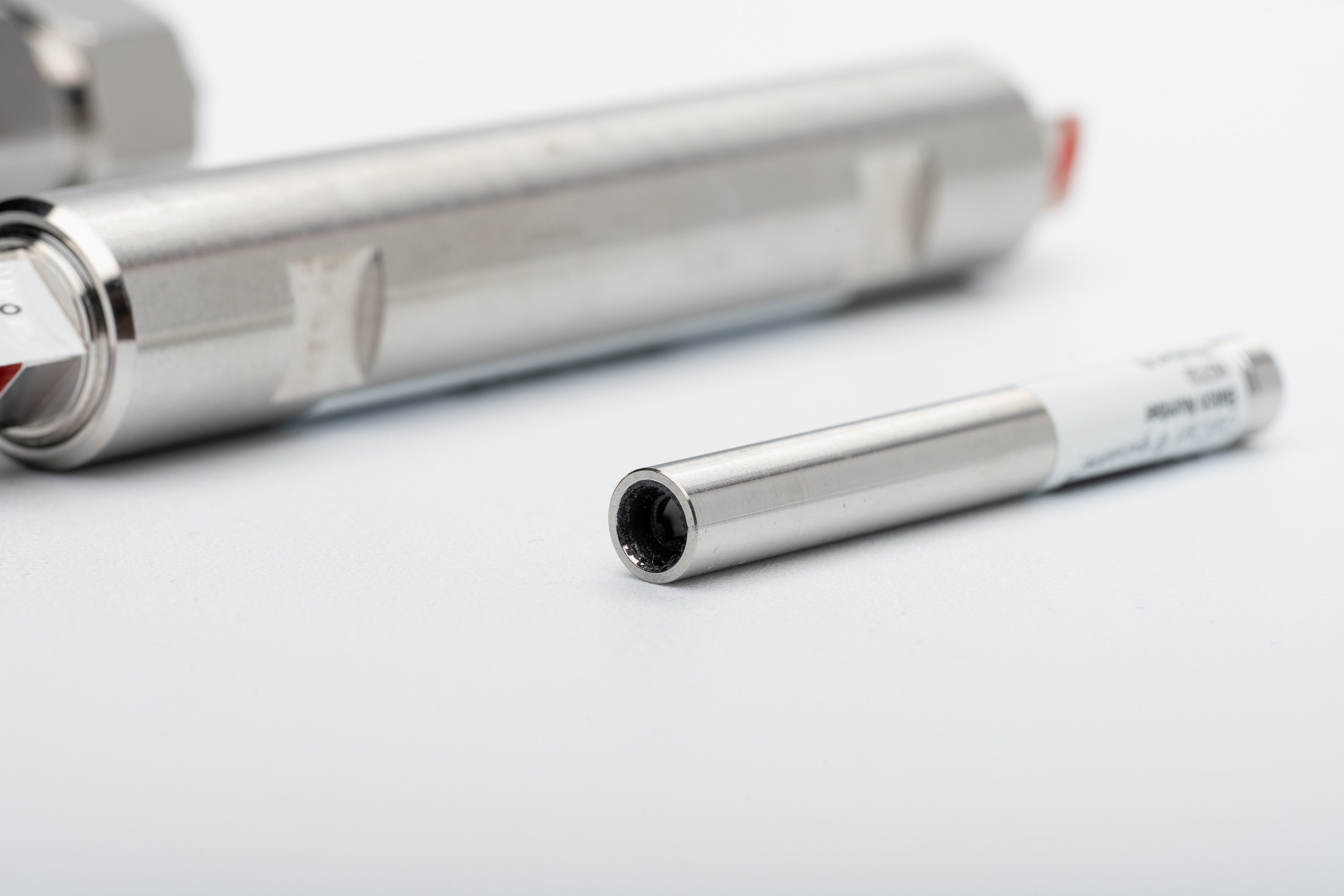
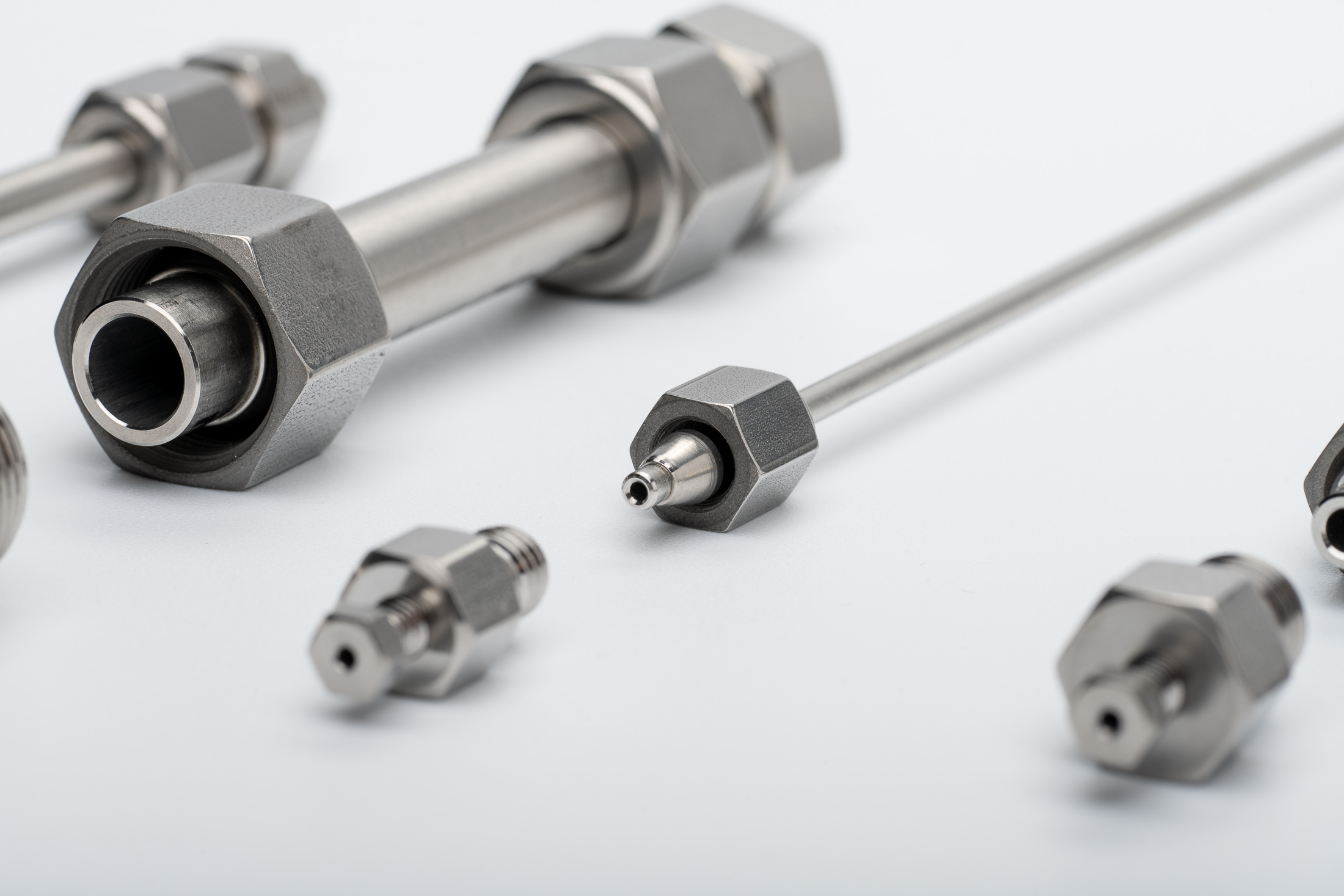
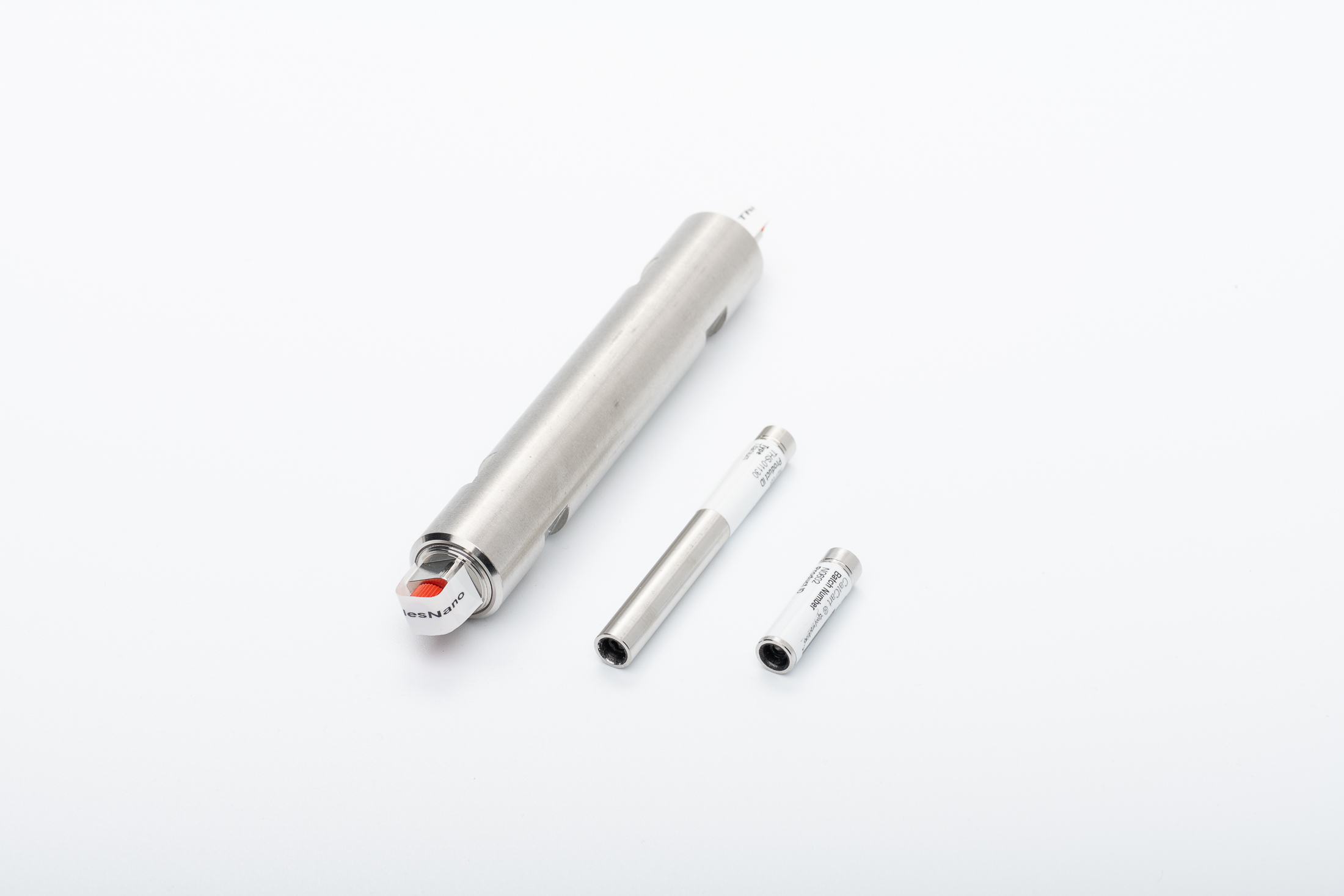
Advantages of CatCart Solutions
- Safer handling - no contact between user and catalyst
- Exchange of catalyst is quick and seamless
- No catalyst filtration necessary
- Ability to reuse catalyst with different substrates
- More efficient mixing of the three phases leading to higher reaction rates
The efficient mixing and super equivalent amount of catalyst at a given time vastly increases the interaction between the phases (solid catalyst, liquid substrate, hydrogen or other compatible gases). This interaction leads to higher mass transfer onto the catalyst surface, increases reaction rates and therefore, shortens reaction times. As the product leaves immediately from the active reaction zone, the reaction mechanism and chemoselectivity can be investigated and controlled easily.
How to use CatCarts?
The insertion and exchange of CatCarts into the reactor chambers is a very simple process. The user needs only to open the CatCart holder, remove the used CatCarta nd replace with another cartridge. The whole process takes only a few seconds.
During a reaction, the liquid or gas-liquid mixture enters the CatCart placed in the heated zone. The reaction takes place on the catalyst surface while the mixture passes through the cartridge. All the catalyst remains in the cartridge, so the user can proceed without catalyst filtration. After thorough washing with solvent, the CatCart may be used again for the next reaction.
Different Sizes to fit your Chemistry
The CatCarts® are available in the following sizes:
| 30 mm CatCart® | 70 mm CatCart® | MicroCatCart™ | MidiCart™ | MMS columns | |
|---|---|---|---|---|---|
| Length (mm) | 30 | 70 | 30 | 116 | 125, 250 or custom sizes |
| Catalyst bed length (mm) | 24 | 64 | 8 | 90 | Variable |
| Internal diameter (mm) | 4 | 4 | 4 | 9.5 | Variable |
| Compatible with | H-Cube® Mini Plus H-Cube® Pro H-Cube® Advance Phoenix™ Flow systems | H-Cube® Mini Plus H-Cube® Pro H-Cube® Advance Phoenix™ Flow systems | H-Cube® Mini Plus H-Cube® Pro H-Cube® Advance Phoenix™ Flow systems | Phoenix™ flow systems | Phoenix™ flow systems |
Please note that the particle size of a catalyst may differ in our CatCarts and MidiCarts.
FAQ
Do you have more questions?
Reach out to us at any time and experience fast and efficient support tailored to your specific needs.

